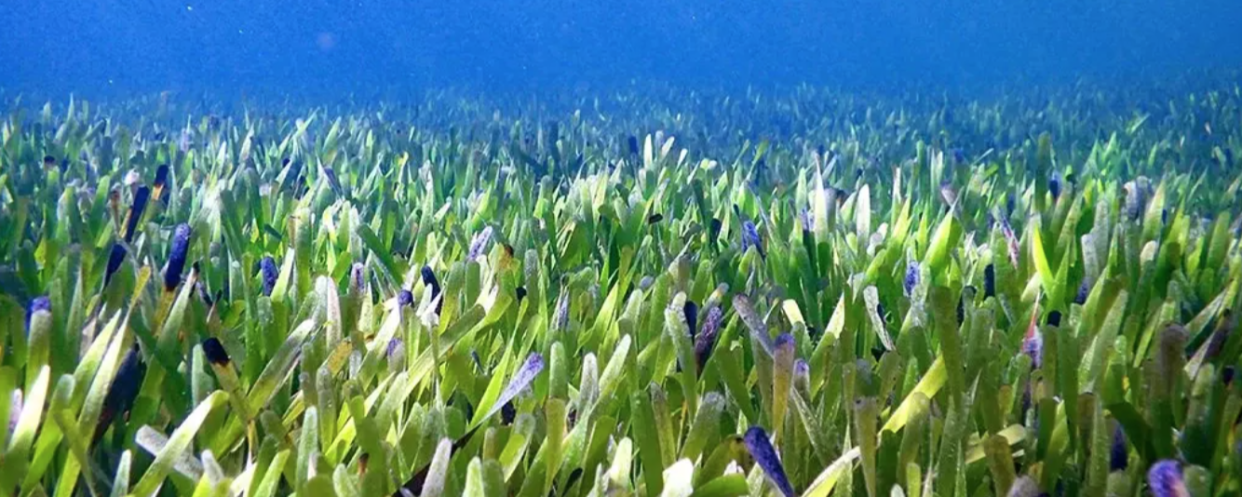The Largest Plant in the World is 100 Miles Long—Scientists Reveal the Story Behind It

Courtesy of Rachel Austin
Whether you aim to care for your succulent or ZZ plant in your home, you likely have your own techniques to keep them thriving. Out in the world, there are plants that self sustain—and even grow tens of thousands feet long. That's how long the Posidonia australis has grown to today. Scientists shared research in The Conversation and discovered that this seagrass, which has a green ribbon-like appearance under water, stretches over 100 miles long in Western Australia.
The researchers explained that seagrass meadows grow by sexual reproduction that creates more genetic combinations and diversity and also by expanding their rhizomes (stems where roots and shoots emerge under ground). The Posidonia australis turned out to be one plant in the Shark Bay area of Australia and measured at exactly 110 miles. The scientists uncovered that the seagrass was created from one colonizing seedling, making it the largest plant in the world.
Related: These 21 Decorative Flower Pots and Planters Will Make Your Plants Pop
This plant is special because of its size and the amount of chromosomes it has (nearly twice more than any others similar to it), which researchers call a polyploid, like bananas and potatoes. Seagrass usually has only half genome of its parents. On the other hand, polyploids have the whole genome of its parents.
Polyploids, like this seagrass, are known to continue growing if they aren't disturbed. The Posidonia australis dates back 4,500 years to be exact, according to the scientists, because of the huge size and growth rate. The plant has maintained its growth, no matter the conditions, too, as it has gone through changes in water temperature, ranging from 62 to 86 degrees Fahrenheit throughout the years, and varying salt levels. Overall, the seagrass is helpful to protect wildlife and the coasts from storm damage. By preserving this meadow and others like it, natural habitats and diversity of organisms in our environments will continue to thrive.

